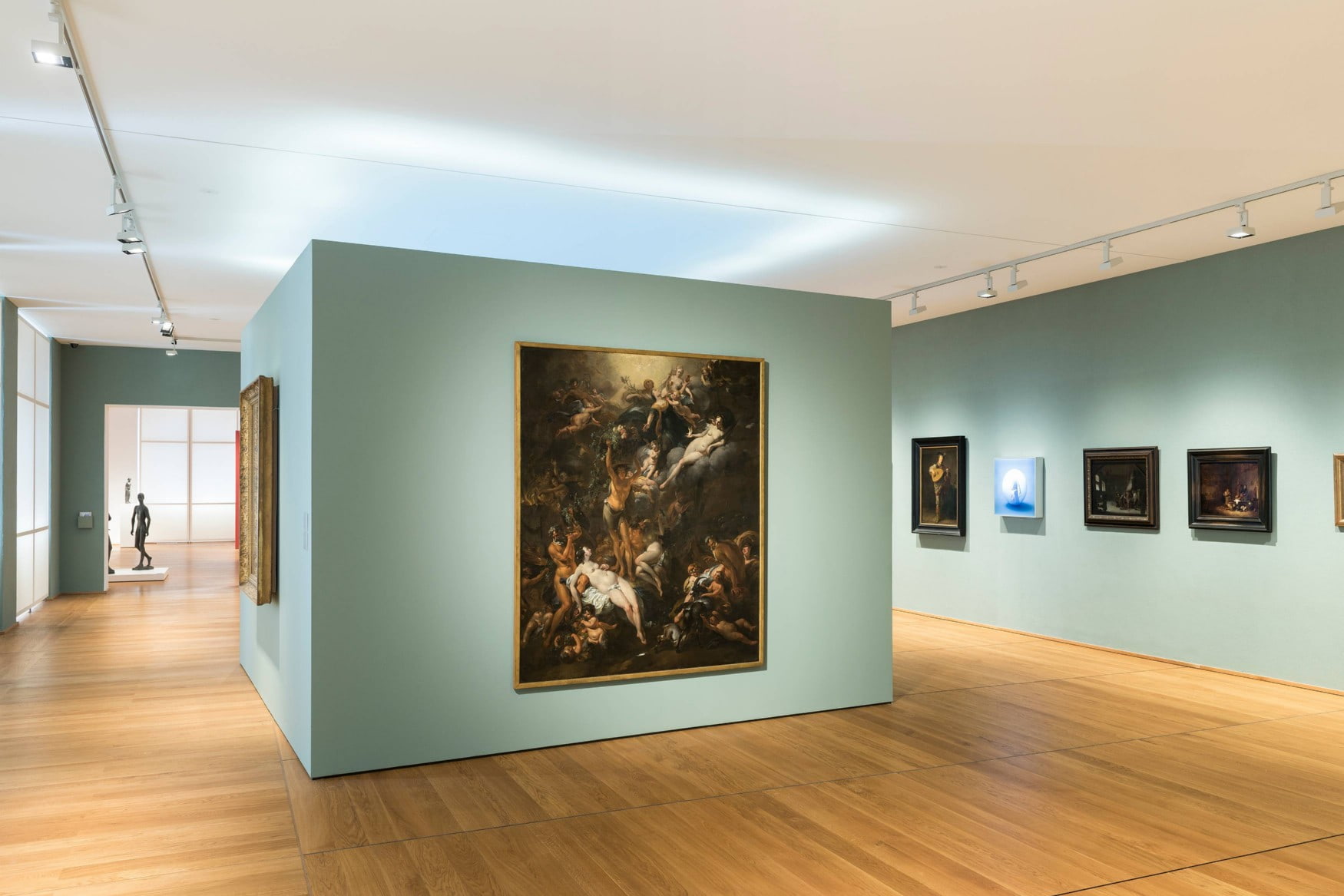Museum Wiesbaden, a cultural cornerstone in the heart of Hesse, Germany, boasts a rich history dating back to the early 19th century. This two-branch museum houses art and natural history collections among the three Hessian State Museums. It's located at Friedrich-Ebert-Allee 2 and easily accessible in the city center of Wiesbaden.
The museum's foundation traces back to the efforts of Johann Wolfgang von Goethe and the citizens of Wiesbaden, who worked tirelessly to establish this cultural institution. Today, Museum Wiesbaden captivates visitors with its exceptional Expressionist collection, extensive natural history exhibits, and a seamless blend of art and nature. As you step into this cultural gem, prepare to journey through time, art, and the wonders of the natural world.
Highlights
- World-renowned Alexej von Jawlensky collection
- Extensive Art Nouveau exhibition featuring over 500 objects
- Unique "Aesthetics of Nature" exhibition bridging art and natural history
Contents
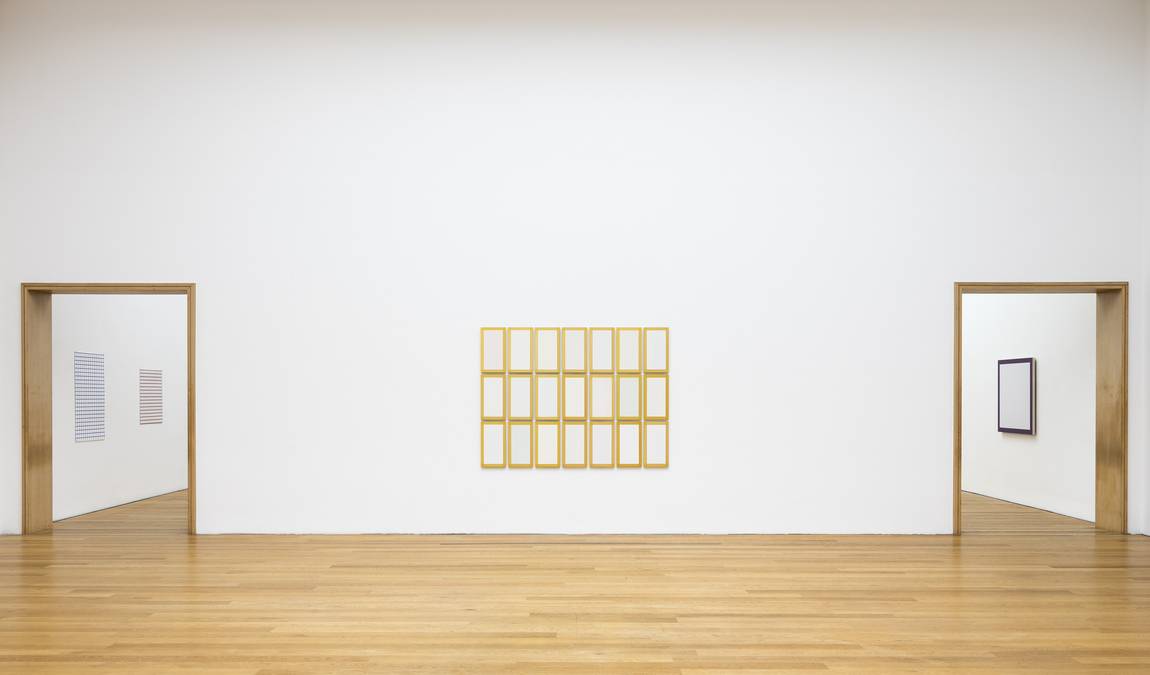 Photo: museum-wiesbaden.de
Photo: museum-wiesbaden.de
Here is Why Your Kids Will Find it Interesting
Museum Wiesbaden is worth visiting with kids aged 6-12 who have a budding interest in art or nature. The museum's interactive displays in the natural history section will captivate young minds, allowing them to explore diverse shapes and colors found in nature.
Children will be fascinated by the preserved animals and geological finds, bringing textbook knowledge to life. The museum's blend of art and nature provides a unique learning experience, encouraging kids to see the world through different lenses. With its family-friendly activities and education programs, Museum Wiesbaden offers an engaging and educational outing for the whole family.
Family-friendly features
- Interactive natural history displays
- Children's guided tours and workshops
- Family-oriented special events and exhibitions
Collections and Exhibitions
Art Collection
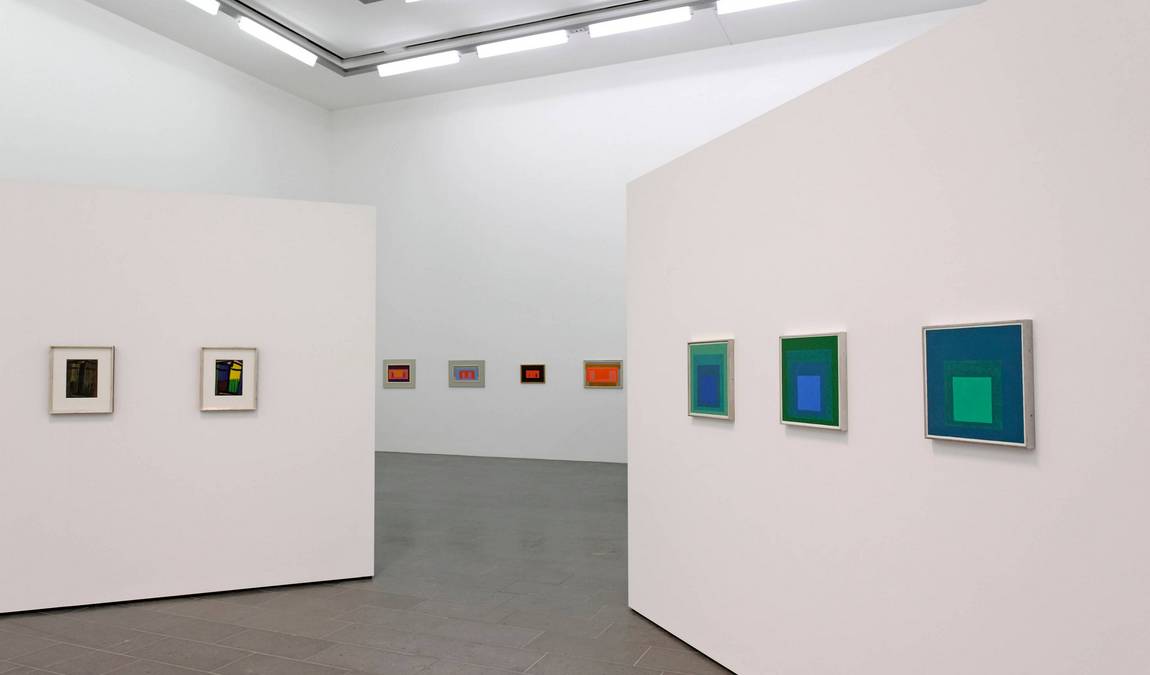 Photo: museum-wiesbaden.de
Photo: museum-wiesbaden.de
Museum Wiesbaden's art collection is a journey through centuries of artistic expression. The permanent art exhibitions span seven rooms, showcasing works from the 12th century to contemporary pieces. These are divided into three main areas:
- Old Masters
- Classical Modern
- Contemporary Art
The collection's crown jewel is undoubtedly the works of Alexej von Jawlensky. This collection is one of the most significant in the world, featuring masterpieces like "Helene in Spanish Costume." Art enthusiasts will also appreciate the extensive Jugendstil (Art Nouveau) exhibition in the south wing, which houses over 500 objects demonstrating the quality and style of art from the late 19th century.
Natural History Collection
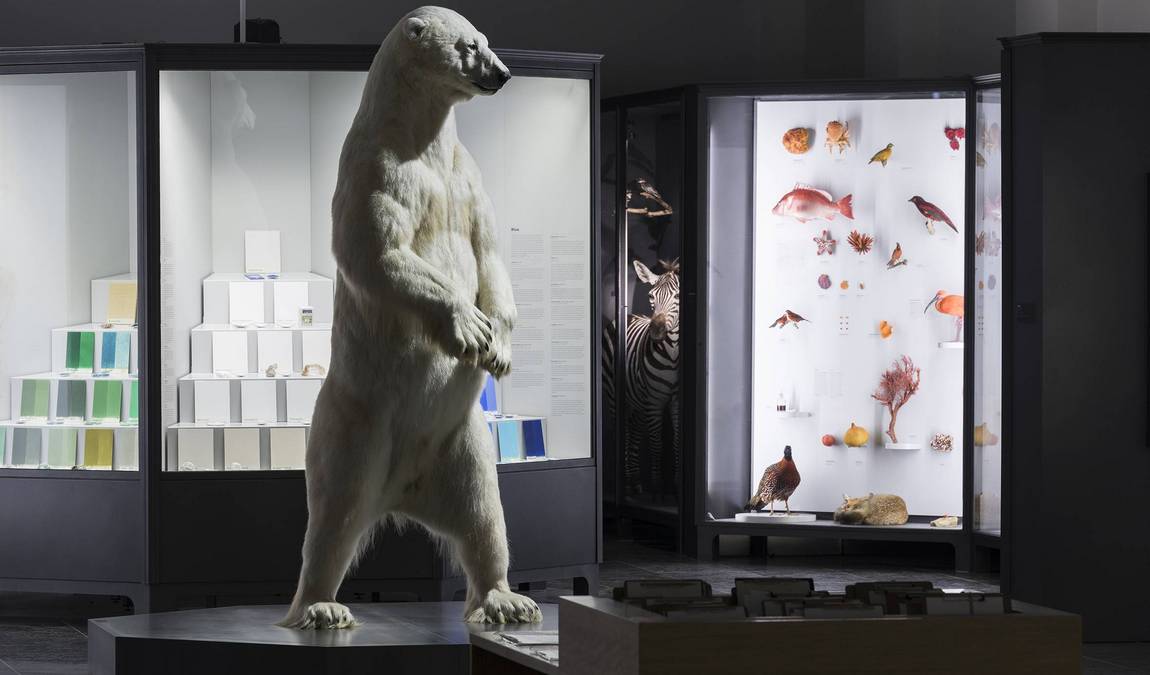 Photo: museum-wiesbaden.de
Photo: museum-wiesbaden.de
The natural history collection in the north wing offers a fascinating exploration of the natural world. The permanent exhibition, "Aesthetics of Nature," uniquely bridges the gap between art and nature through four themed rooms:
- Shape
- Color
- Movement
- Time
Visitors can marvel at a wealth of geological finds and preserved animals, offering insights into the diversity of life on Earth. The interactive displays encourage hands-on learning, making it an engaging experience for visitors of all ages.
Must-See Attractions
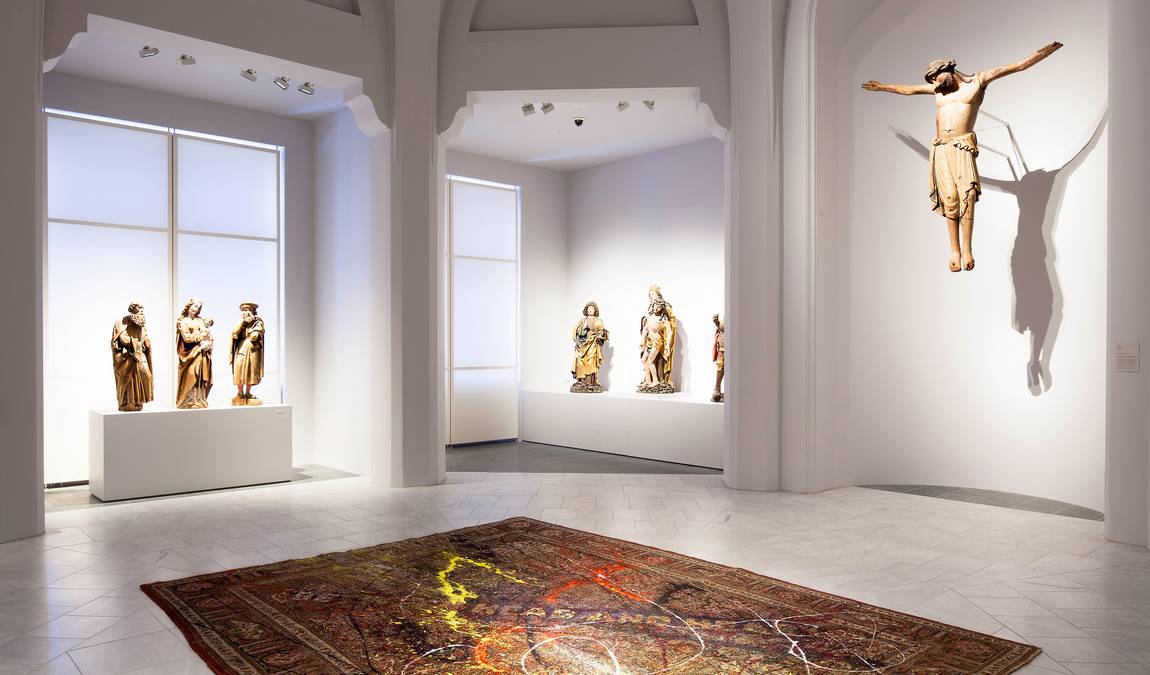 Photo: museum-wiesbaden.de
Photo: museum-wiesbaden.de
- The Church Hall (Kirchensaal): A stunning architectural feature that showcases the museum's historical significance.
- Katsura Funakoshi's "A Tale of the Sphinx" is a wooden sculpture that exemplifies the museum's contemporary art collection.
- Rebecca Horn's "Jupiter in the Octagon": A captivating installation piece that merges art with the building's unique architecture.
- Micha Ullman's "NachTag": A thought-provoking artwork that encourages reflection on time and perception.
Special Exhibitions and Events
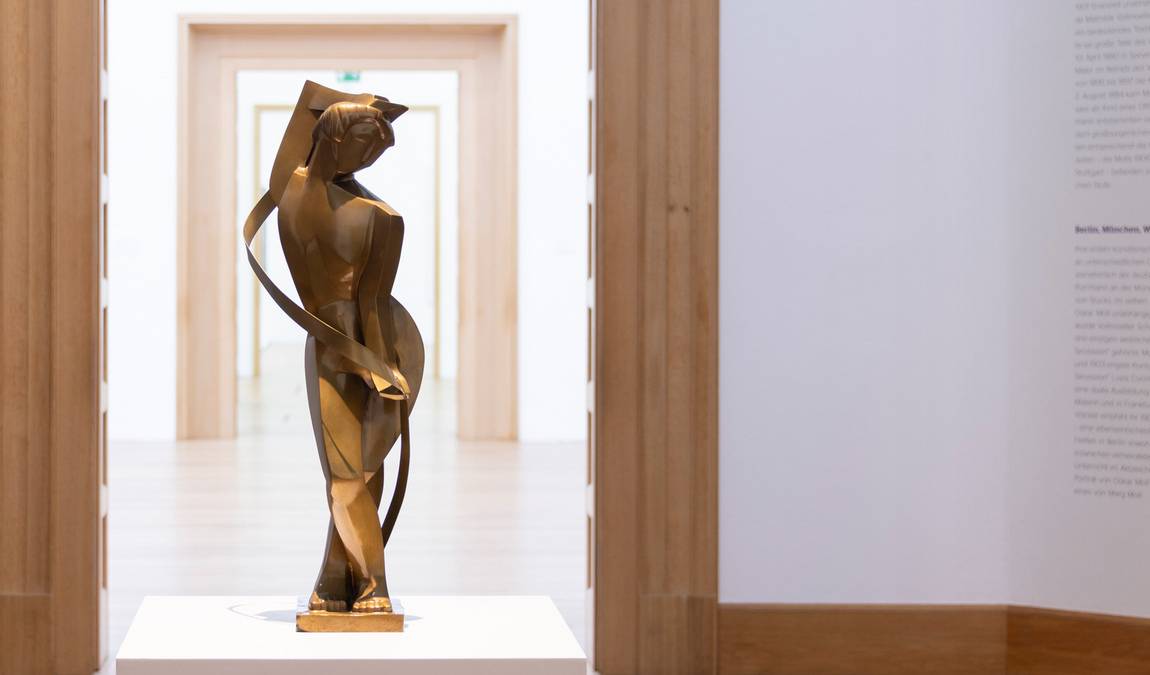 Photo: museum-wiesbaden.de
Photo: museum-wiesbaden.de
Museum Wiesbaden regularly hosts special exhibitions and events throughout the year. These temporary displays complement the permanent collections, offering fresh perspectives and showcasing works from renowned artists. The museum's annual programs often include themed exhibitions focusing on specific artists or art movements, interactive workshops for adults and children, lectures and symposiums on art history and natural sciences, and collaborative events with local artists and cultural institutions.
These events allow visitors to engage more deeply with the museum's collections and the broader art world.
Visitor Experience
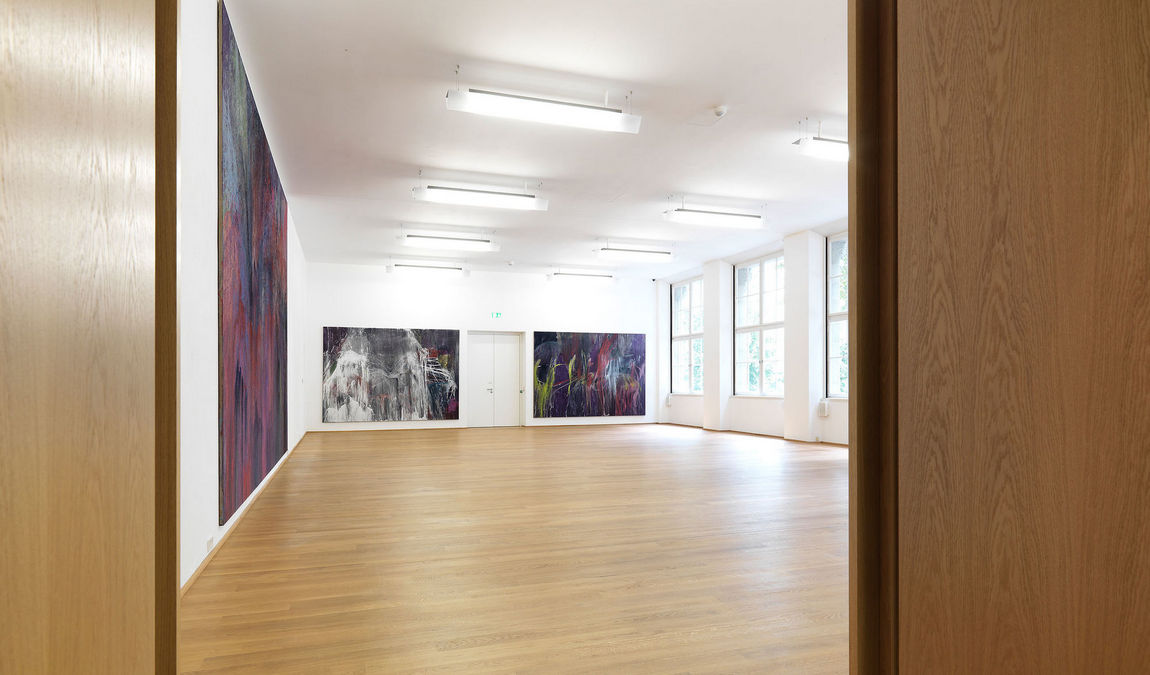 Photo: museum-wiesbaden.de
Photo: museum-wiesbaden.de
To enhance the visitor experience, Museum Wiesbaden offers:
- Guided tours led by knowledgeable staff
- Audio guides available in multiple languages
- Family-friendly activities designed to engage younger visitors
- Museum education programs for schools and groups
These offerings ensure that visitors of all ages and backgrounds can fully appreciate and understand the museum's diverse collections.
The Building and Its Architecture
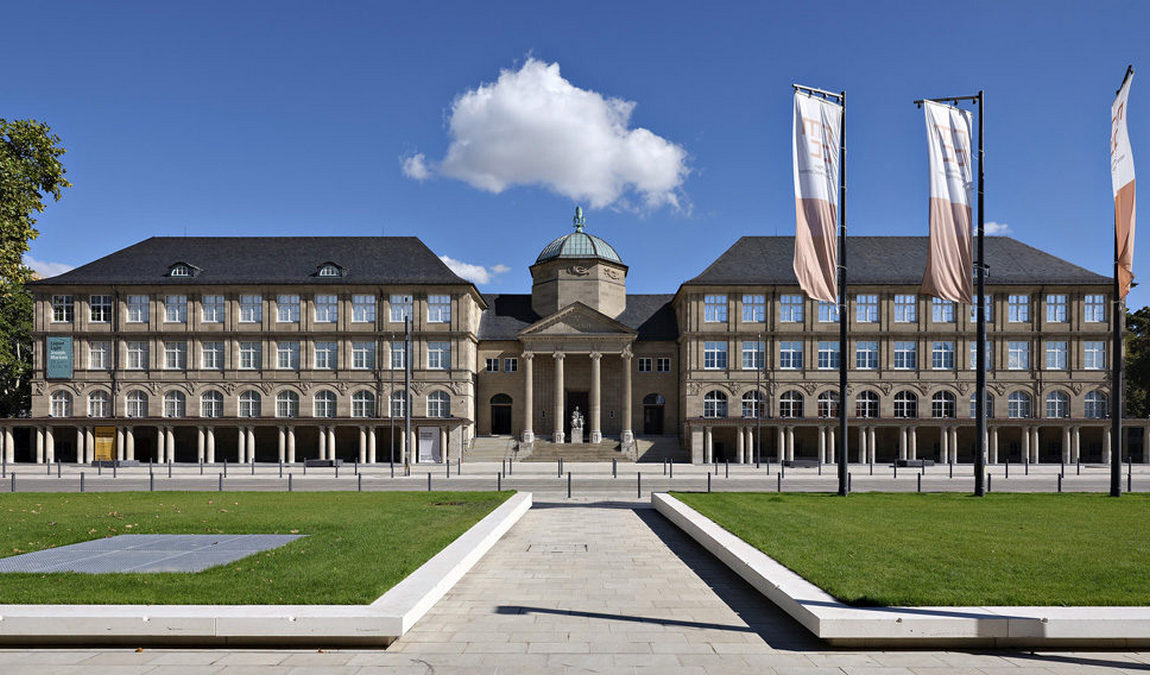 Photo: wiesbaden.de
Photo: wiesbaden.de
The Museum Wiesbaden building is a work of art designed by renowned architect Theodor Fischer. The foundation stone was laid in 1913, marking the beginning of a structure that would become a cultural landmark. Fischer's design incorporates three distinct wings, each originally housing a separate museum, showcasing his innovative approach to museum architecture.
Upon entering, visitors are greeted by an impressive entrance octagon that sets the tone for the entire visit. This grand space serves as a central hub, connecting the various wings and creating a sense of anticipation for the treasures that lie beyond. Throughout the building, large windows provide ample natural light and offer stunning garden views, creating a seamless connection between the interior spaces and the surrounding landscape.
Kurpark Wiesbaden is 1.3 km away, where you can enjoy a pleasant walk with the whole family.
The museum's architecture uniquely blends early 20th-century design principles and modern renovations. This harmonious fusion respects the building's historical significance while adapting to contemporary needs. The result is a structure that complements the artworks within and provides a stimulating atmosphere for creative contemplation. As visitors move through the galleries, they experience a space that enhances their appreciation of both art and architecture, making the building itself an integral part of the museum experience
Best Time to Visit
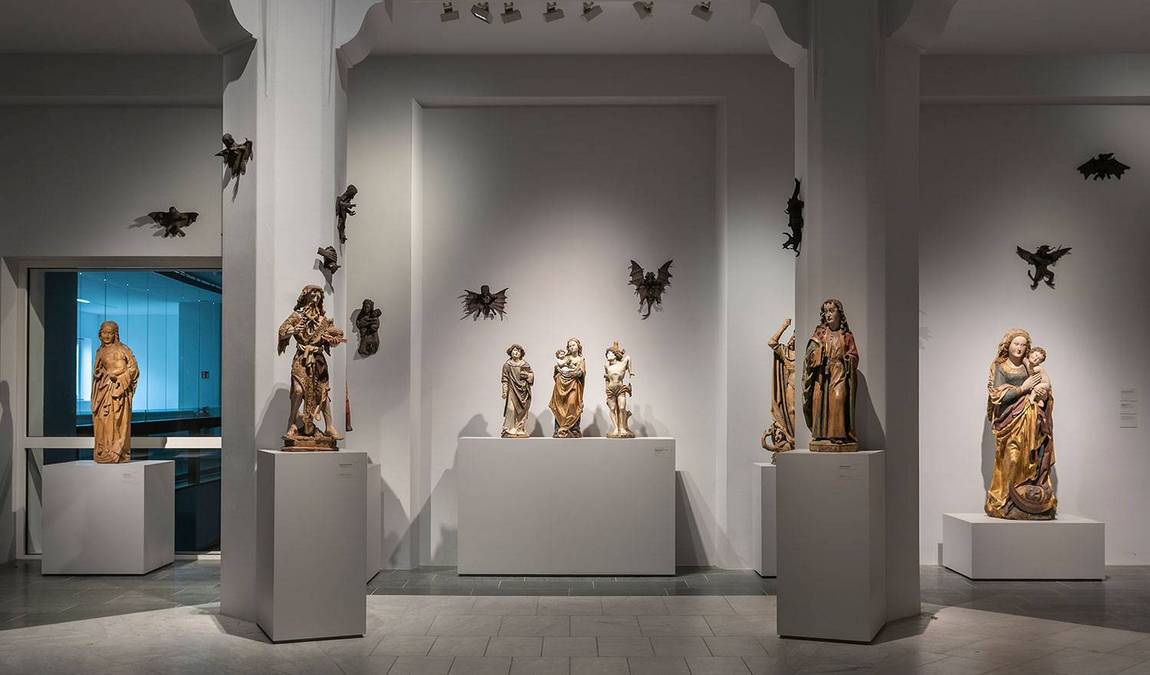 Photo: museum-wiesbaden.de
Photo: museum-wiesbaden.de
The best time to visit Museum Wiesbaden with children is during weekends or school holidays, preferably in the morning when young minds are fresh and the museum is less crowded. Tuesdays and Thursdays offer extended hours until 8 pm, perfect for after-school visits.
Recommended Duration: A typical visit lasts about 2-3 hours, allowing time to explore the art and natural history collections.
Our Recap
Museum Wiesbaden offers a unique blend of art and nature, making it a must-visit destination for culture enthusiasts and families. Its world-class Jawlensky collection, extensive Art Nouveau exhibit, and innovative natural history displays provide a diverse and enriching experience. The museum's commitment to education and engagement and its stunning architecture create an environment that inspires curiosity and appreciation for art and science.




